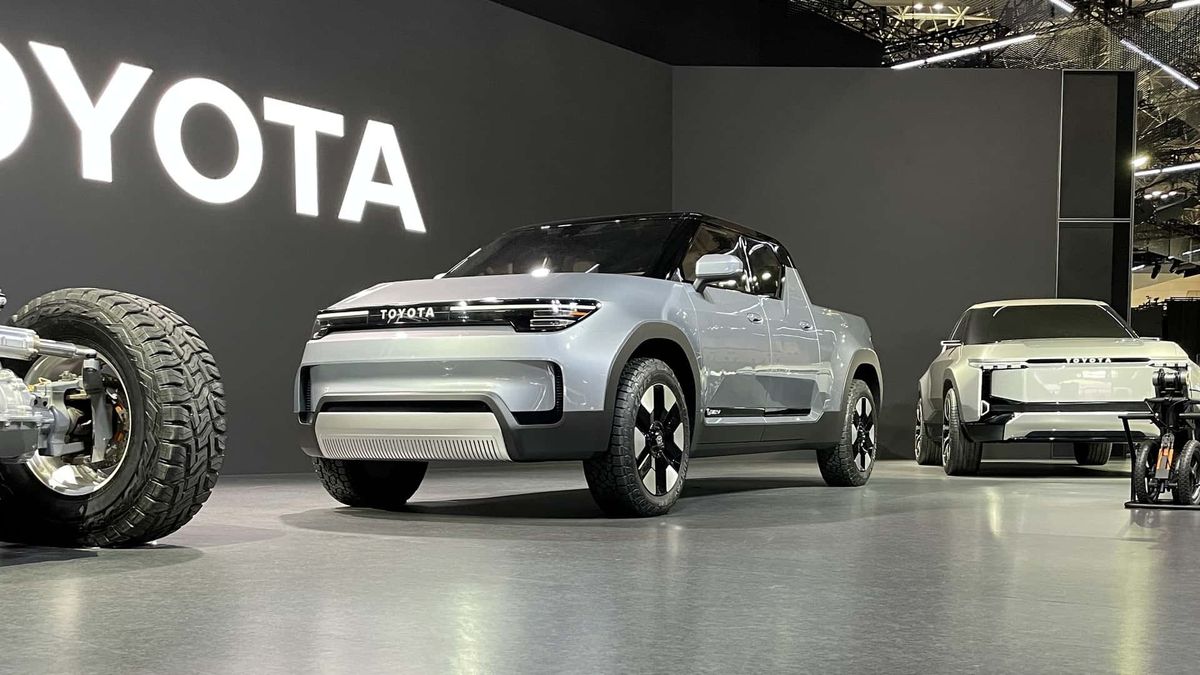The war in pickup market is becoming stronger in the region. Argentina is a productive hub for this type of vehicles, especially for the midsize segment. However, in recent times that competition is turning to compact models.
Both are well received by the consumer.
In Argentina, for example, in addition to the classic national Toyota Hilux, Ford Ranger, Volkswagen Amarok, Nissan Frontier and Renault Alaskan, other investments are underway, such as Renault’s Niagara project (it will have a twin variant of Nissan) and the three pickups (Fiat, RAM and Peugeot) that the Stellantis group will manufacture in Córdoba.
In Brazil, there are also industrial establishments in this segment. An example is the Chevrolet S10, among others. Even a Chinese brand. Now, the automotive company Toyota would join in with a new model that reinforces the penetration of Hilux.
Last week, the Japanese brand informed its network of dealers in Brazil their plans for the coming years.
Among many new developments, the one that generated the most surprise was that, in 2027, it will launch a compact pick-up, according to a specialized site.
It will be a truck with a monocoque structure and hybrid engine, which will be positioned one step below the Hilux manufactured in Argentina, the media reports.
The new model will be based on the EPU Conceptpresented in October 2023. The model will use the same Corolla platform and new hybrid engines, with greater power and a 4×4 option.
This project is part of a $2.2 billion investment that Toyota announced for Brazil last March.
“The new pick-up will compete in the same segment as other monocoque and compact trucks, such as the Fiat Toro, Chevrolet Montana, Ram Rampage and Ford Maverick. Among them, only the Maverick has hybrid options,” the portal points out.
Regarding the local market and, especially, the Hilux pickup, Toyota plans to increase production after the upcoming holiday break or, more precisely, starting March 31.
Although the company did not officially report how much the issue will be, The increase in production would be around 7%, about 12,000 units. This would lead it to recover the volume lost this year.
Today it is working in three shifts at a rate of 750 vehicles per day and it would increase to 800, by adjusting the takt time (the time between the start of production of one vehicle and the next).
This increase in production is due to a improvement of the internal market and also by recovery of export volumes.
Source: Ambito




